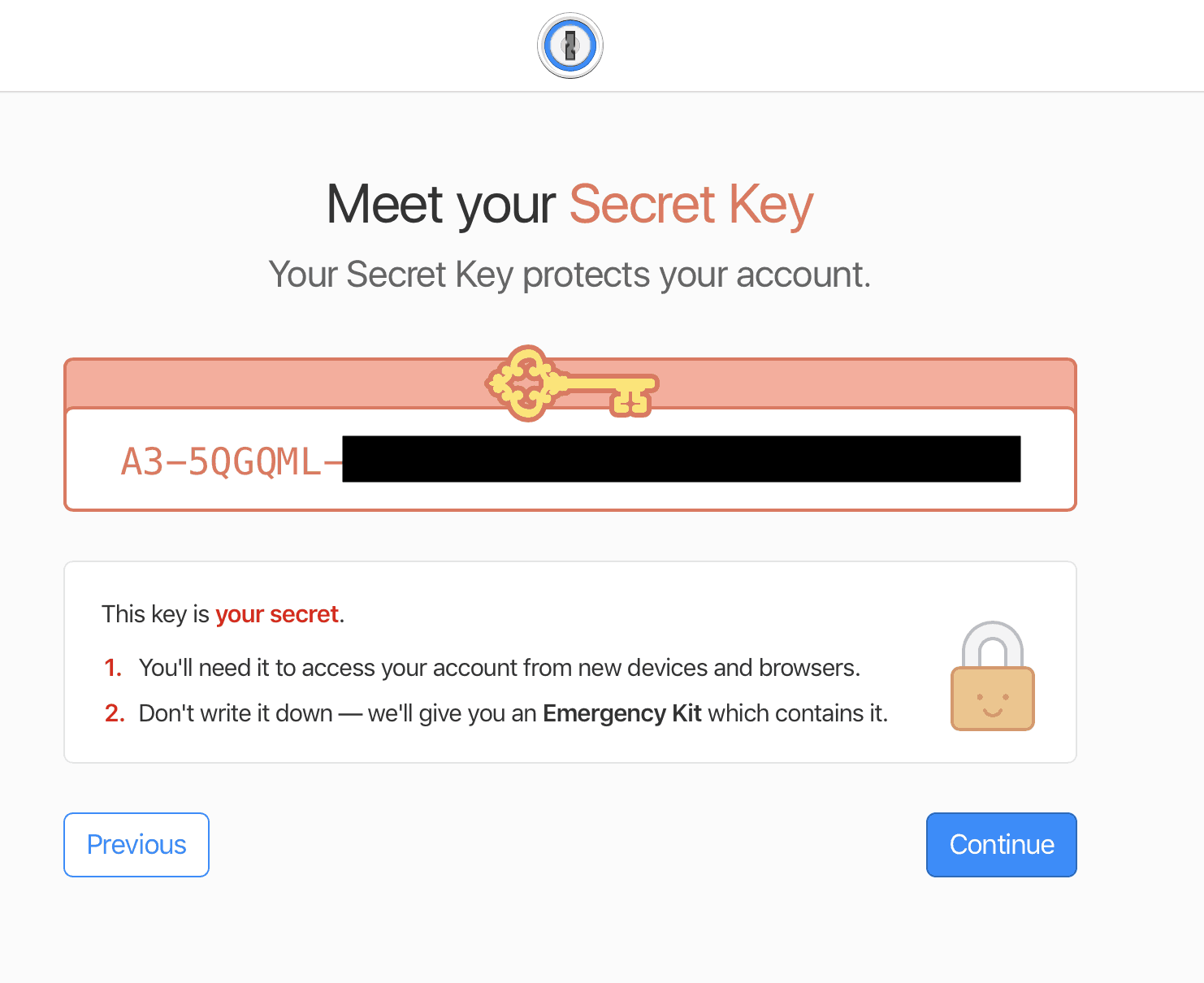
- Sticky password network error 12157 password#
- Sticky password network error 12157 download#
- Sticky password network error 12157 windows#
This problem does not affect local DB backends (like userRoot), the LDAP changelog backend, or the replication database.
Sticky password network error 12157 password#
* When creating an encrypted backup of the alarms, alerts, configuration, encryption settings, schema, tasks, or trust store backends, the password used to generate the encryption key (which may have been obtained from an encryption settings definition) could have been inadvertently written into the backup descriptor. Affected servers should be updated.įixed two issues in which the server could have exposed some clear-text passwords in files on the server filesystem. NLTest.exe is available in the Remote Server Administration Tools and in the Support Tools downloads from .įrom an elevated command prompt on the domain member computer seeing the problem run the command below (where DomainName is the domain the computer is a member of):Īfter doing the command above restart the computer and attempt to logon to the domain.Updating to the latest version of the Directory Server addresses the following critical issues from previous versions. On the computer that is seeing the issue, log on local and use the command below. To resolve this issue if the cause is network difficulties as well as a mismatched computer password first resolve the network difficulties as above and then follow the steps to resolve the dissimilar password. To resolve this issue if the cause is a dissimilar computer password: Once the network concern is identified look to local network interface, firewall software, or network infrastructure to resolve the issue.
Sticky password network error 12157 download#
PortQry.exe is a free download from Microsoft.
Sticky password network error 12157 windows#
Service overview and network port requirements for Windows

To resolve that common concern review the ports required for Active Directory in the Knowledge Base article below and then to use the Port Query tool (PortQry.exe) to examine the ports which are in user or available for use on local computer and domain controller. A common cause is network ports being inadvertently restricted. Many methods may be used to verify that connectivity is sufficient since there are many causes of network problems. Verify that the network connectivity between the local computer and the domain controller(s) has the required ports open on both client (local computer) and server (domain controller). To resolve this issue if the cause is only network difficulties: The secure channel for the computer is either interrupted by network difficulties or the computer’s local copy of its password no longer matches the copy of it on the Active Directory domain controller, or both conditions exist. This condition is known as a “broken secure channel”.

They may also be tied to a specific network location or locations. These symptoms may be intermittent or consistent.

When attempting to access a resource, such as a file or folder, across the network you receive a message “access denied” or “no logon servers available to service the logon request.”.When attempting to log onto a computer you receive the message “no logon servers available to service the logon request.” The attempted logon will not be successful.You have ran the CSS Authentication Diagnostic and it has notified you of secure channel problems.


 0 kommentar(er)
0 kommentar(er)
